A guest post contributed by Joe Cavanaugh, museum director of the National Museum of the Pacific War in Fredericksburg, Texas. Joe was one of Elizabeth Merritt’s classmates in the University of Houston Future Studies Program’s certificate course in Strategic Foresight.
I anticipated that because this course is called “strategic foresight” it would be about developing a better strategic plan. I came intending to use it to develop a very professional plan at my museum, using the latest thinking in that regard.
The class isn’t what I expected—we spent the first two and a half days on building a forecasting framework, how to do scanning and developing scenarios. (Tomorrow we start the module on strategic planning.) But I think this is going to be really useful—I can use these techniques to write a plan that takes into account the external events that the foresight approach helps me identify and analyze ahead of time. This might change where we decide we are going or want to go. Forecasting is very compelling way to look at things, especially in light of the dynamic changes that have occurred in the world since we wrote our last plan—changes that we did not anticipate.
Some elements of the future are easily predicted–they are on a known straight line, or close to it: population growth in Texas, immigration, increasing scarcity of fossil fuels and factors of societal change including education and media. These will have important and far-reaching consequences for any plan. Others require more imagination. Who could have predicted how fast LinkedIn and Facebook and Twitter would become important communication tools? Now the Internet, especially as bandwidth increases and becomes more efficient, has profound implications for my museum. But in my experience even when we do anticipate change, we often don’t react in a productive way.
For example, look at two issues facing our field fifteen years ago that were perceived as threats for the future of museums. One was the potential for museums to use the Internet to provide content and imagery. People worried it might deal a blow to visitation as people used the virtual museum and didn’t have to come through the actual doors. From everything I have seen, quite the contrary is true. People use online museum resources for study and interest but rather than hurting this may actually help visitation.
The other issue was Disney’s attempt to purchase property outside Manassas, Virginia, where they intended to create a Civil War-based theme park. In the hue and cry about the destruction of the land, this was perceived as a negative development for museums. As Disney and other theme parks invested in providing actual historical content and using real artifacts and hired real curators, people worried they could quickly overwhelm nonprofit museums. On the flip side, there was a concern that museums were treading on a slippery downhill slope if they made their institutions more attractive to younger audiences by “Disney-fying” their exhibits, using interactive media-based to convey information. Some felt that would be like a museum prostituting itself to increase its audience.
I freely admit I expressed these concerns back in the 1990s, asking “how dangerous is it?” I was deeply concerned that both the changes listed above could be very negative. It took only a few years for me to begin to see that the second of these challenges (making your exhibits more attractive by introducing new media) was not a negative, and likely was going to be required by the declining level of reading of young people. By the late 90’s, it was clear that we had to find ways other than print labels to get through to an audience that was reading less and less.
So, people’s knee jerk reaction is that any change is more likely going to be bad than good. This resistance to change, not only in museums but every endeavor, is one we should strive to overcome. My futurist training has led me to decide that in any planning process I will encourage the team not to assume that every potential change is going to be a negative, and not to assume that the status quo is necessarily as good as it can be by any stretch of the imagination. I will be a proponent of two things: for people to be open to considering the trends and disruptive events that may well have an impact on our institution in the future; and for people to consider how to best survive and prosper if those outside forces take effect. And I’ve resolved to keep my eyes open for potential shifts in outside forces as time goes on.
Two trends I have already been watching for the past 10 years are in the areas of demographics and development. In Texas we are in the midst of a shift to a predominately Hispanic culture, and this will have an impact on attracting new audiences*. And there is a mega-shift of population with huge growth in our major cities. As Austin and San Antonio grow and edge even closer to Fredericksburg, it will affect our audience. I think the growth of population in these two centers will be good for my museum—tourism in Fredericksburg has increased every time there is an economic downturn or an increase in fuel prices that reduces travel because we are a day trip from two major population centers.
And now I have a new trend on my radar. The dynamic of the individuals in this class, coming from at least five foreign countries, has made me realize that we are going to be in a position to market and provide a meaningful experience to a more global community. I saw an article recently that referenced the largest potential growth market for tourism as being citizens from China. Our mission dealing with the Pacific War, a war that started in Manchuria and China ten years before Pearl Harbor, should resonate with this emerging audience.
[N.B. To join a lively discussion of museums in a majority-minority future, register for the CMF webcast “Towards a New Mainstream.” Wednesday, January 27, 2:00 – 3:30 p.m. EST. Lecture by L.A. Times columnist Gregory Rodriguez followed by a panel discussion and on-line Q&A plus chat rooms.]
Skip over related stories to continue reading article




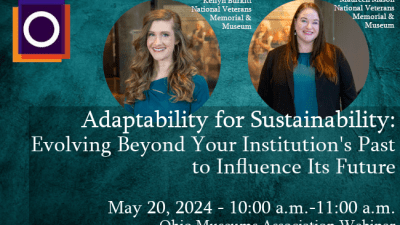
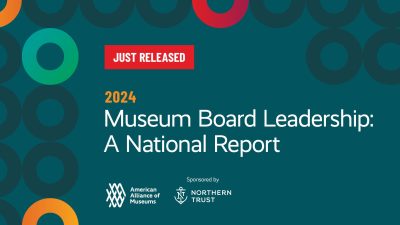
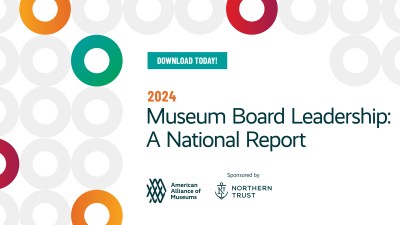
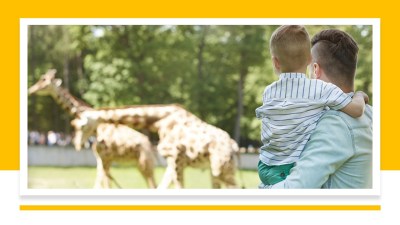
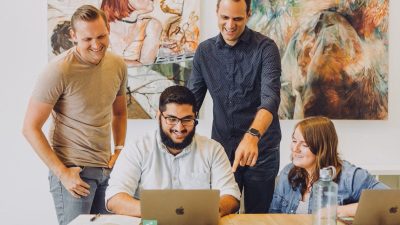
Comments